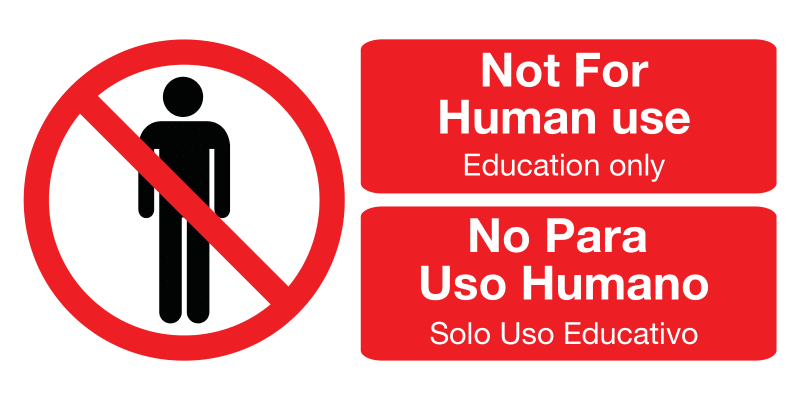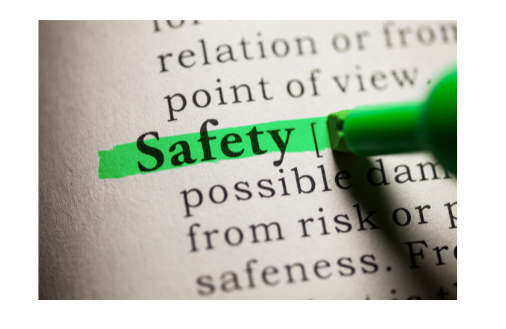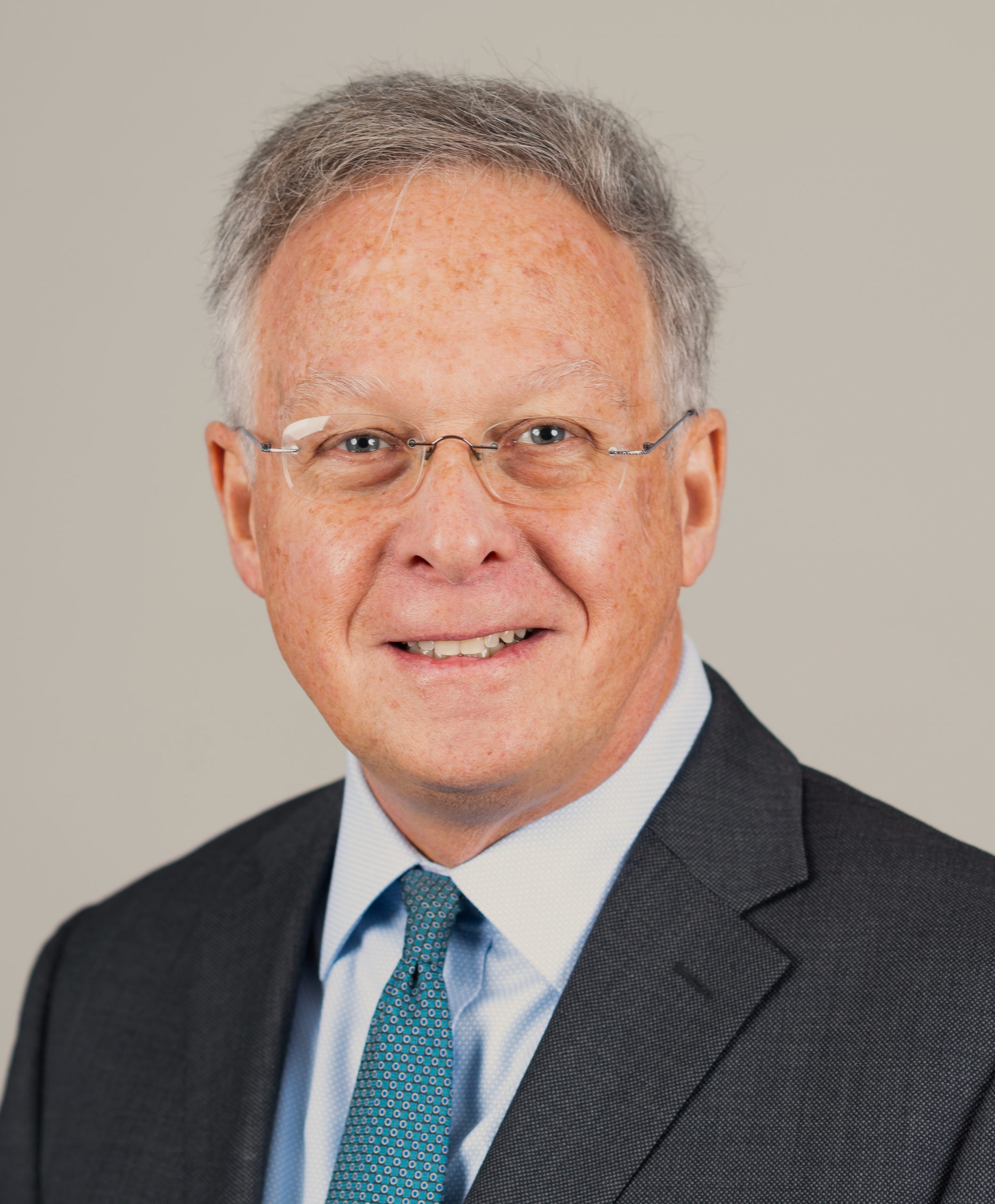Accidents related to simulation activities have occurred and are a challenge to those practicing in the field.Formed in 2015, Foundation for Healthcare Simulation Safety promotes awareness and sharing ofincidents and safe practices related to mitigating simulation risks and hazards.
Simulation has become an integral part of healthcare education and is intended as a safe way for learners to practice skills, decision-making, and teamwork. However, the intersection of the simulated with the real worlds can introduce unexpected risks to the safety of patients, learners, educators, and staff. Accidents related to simulation activities have occurred and are a challenge to those practicing in the field. The most serious, to our knowledge, was an incident in 2015 in the US where simulated IV fluid was inadvertently supplied to an outpatient surgery clinic. At least 40 patients received non-sterile tap water intravenously, resulting in serious illness and one death. As a result, the US Food and Drug Administration issued labeling requirements for commercially produced simulation supplies.
In 2014, one of us (DR) had published a commentary entitled Ignaz Semmelweis Redux, musing about the potential for unintended consequences and risks in simulation, especially when practiced in-situ. A few months later, the IV fluid incident, described above, occurred and we realized that serious attention to simulation hazards was indeed warranted.
In 2015 we formed the Foundation for Healthcare Simulation Safety (FHSS) with the goal of promoting awareness and sharing of incidents and safe practices related to mitigating simulation risks and hazards. FHSS (https://healthcaresimulationsafety.org) has operated since as a not-for-profit volunteer run organization attempting to assist the community to practice safe simulation.
Early on, we realized that a standard recognizable label for simulated equipment and supplies would be helpful. This label (image1) was intended to provide a clear visual cue that would become universally recognized, similar to the poison warnings of a skull and crossbones. A template for this label can be downloaded from the FSSH website for printing with a color printer on standard label stock.

In addition to the labels, FSSH has been trying to increase awareness by publishing anonymized anecdotes of simulation incidents. We welcome sharing of any accident or near-accident experiences and will post them for others to benefit. “Almost everyone practicing simulation seems to have a story, and we believe that by sharing these, we can increase appreciation of the hazards and help others to avoid future accidents”.
Some examples described to us include: 1) Unplanned activation of emergency response teams, such as one hospital whose cardiac arrest team spent an hour searching the hospital for a patient in arrest reported to the hospital operator from a simulated event. 2) Physical injuries such as a trainee injecting adrenaline into his own thumb by holding the injector pen backwards. 3) Visitors becoming upset, frightened, and calling the sheriff’s department when witnessing a simulated active shooter drill, believing that an actual emergency was occurring. 4) Patients were evacuated from a medical center after a drill was accidentally announced as a real event.
In 2018, an editorial on this topic, Simulation Safety First; An Imperative, was published simultaneously in Simulation in Healthcare, Advances in Simulation, and the Journal of Surgical Simulation. We are grateful to our colleagues for translating the editorial in Spanish and Portuguese. The translations are posted on our website.
We encourage simulation educators everywhere to adopt practices to mitigate the risks of harm from simulation training. The Simulation Safety Pledge is a good place to start making your training practices safer.
READ ALSO














































